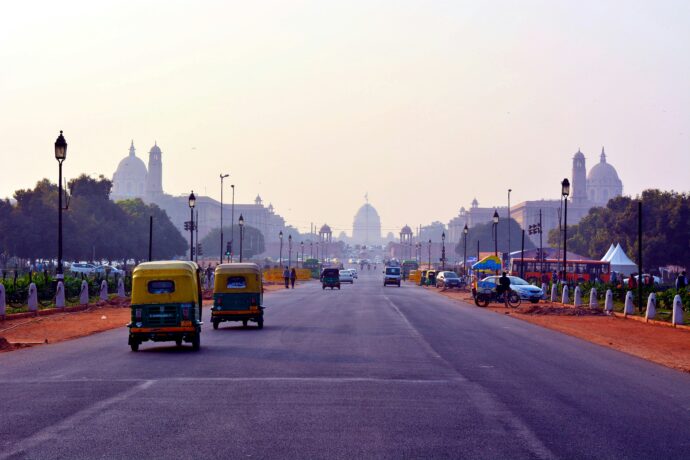cng vehicles under scrutiny for delhi and gurugram – icct study

Delhi, August 2024 — A comprehensive study conducted by the International Council on Clean Transportation (ICCT) and the TRUE Initiative has shed new light on the impact of motor vehicle emissions on air quality in Delhi and Gurugram.
The report titled “Real-world motor vehicle exhaust emissions in Delhi and Gurugram using remote sensing” is the work of over 65 days of research, emissions data from more than 111,000 valid readings were collected using remote sensing technology across 20 sites, offering policymakers invaluable insights into the region’s persistent air pollution crisis.
“Delhi has had poor air quality for decades, and the transport sector is a major contributor,” noted the report. Despite efforts to improve public transport and implement cleaner fuel standards, the rapid growth of vehicles continues to offset gains made in curbing emissions.
Air pollution, especially particulate matter, is a serious challenge in India, and transportation is a significant factor in the nation’s air quality problems. Premature deaths from diseases directly related to air pollution in India total 1.1 million a year. The country’s vehicle fleet is expanding rapidly with sales reaching 21 million in 2016, and the number of vehicles on the road is expected to double to 200 million by 2030. In 2016, India adopted Euro 6/VI-equivalent standards to go into effect in 2020.
– ICCT
The study measured the real-world emissions of nitrogen oxides (NOx), carbon monoxide (CO), hydrocarbons (HC), and particulate matter (PM) from vehicles ranging from two-wheelers to buses. The findings highlight troubling trends, especially about vehicles certified under the Bharat Stage (BS) VI standards. Although these vehicles represent the latest in emission control technology, many exceeded regulatory limits by significant margins.

“NOx emissions from BS-VI CNG buses were found to be 14.2 times higher than type-approval limits,” explained the report, reinforcing that real-world performance often diverges from laboratory testing. Similarly, three-wheelers running on compressed natural gas (CNG) were found to emit NOx at levels 3.2 times higher than the legal cap.
These findings align with global data, challenging the notion that CNG is a “clean” fuel. Instead, the absence of proper aftertreatment systems in many vehicles, including retrofitted ones, contributes to the excessive NOx emissions seen across vehicle types.

A Shift Toward Zero-Emission Vehicles
In light of the findings, the report suggests that accelerating the transition to zero-emission vehicles (ZEVs) in the commercial vehicle segment is critical. “This study underscores the need for stricter standards and greater investment in cleaner technologies,” remarked Amit Bhatt, a policy expert involved in the review.
While the Delhi government has committed to fully electrifying its bus fleet by 2028, the report emphasizes the importance of immediate action to reduce emissions from taxis, three-wheelers, and light goods vehicles. These segments were identified as the highest contributors to pollution, with light goods vehicles emitting NOx at 5 to 7 times higher rates than passenger cars and taxis.
Policy Recommendations
The report’s findings offer concrete recommendations for addressing the air quality crisis. The authors advocate for the use of remote sensing technologies to monitor real-world emissions and enforce stricter compliance, alongside more ambitious targets for the adoption of ZEVs.
As the region grapples with its worsening air quality, this study serves as a critical resource for shaping future policy and public health interventions. It underscores that while progress has been made, the road to cleaner air will require concerted efforts from all sectors of society.
Sources:
International Council on Clean Transportation (ICCT), TRUE Initiative – “Real-world Motor Vehicle Exhaust Emissions in Delhi and Gurugram Using Remote Sensing,” August 2024.
